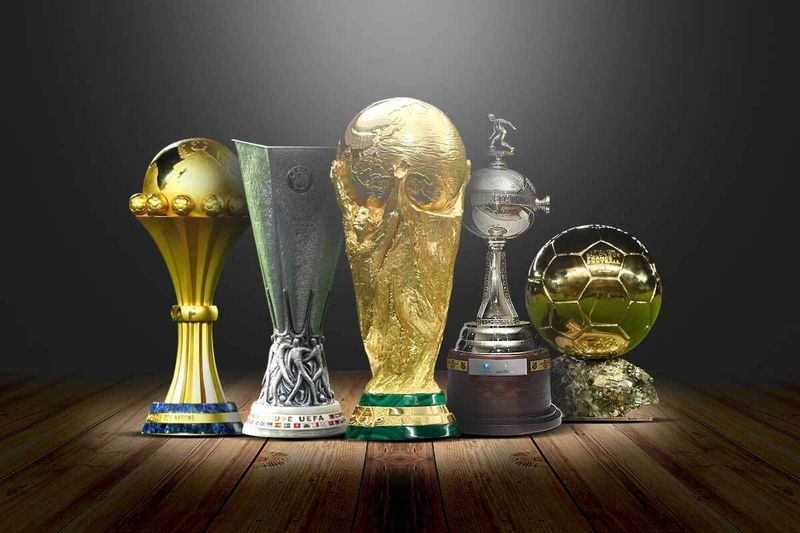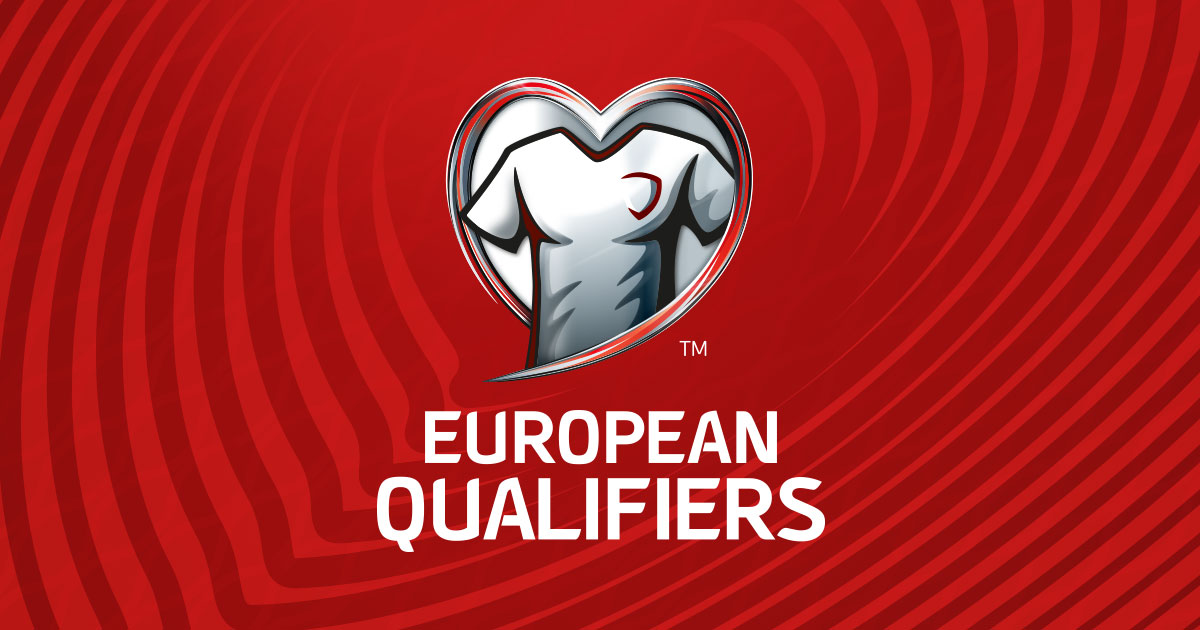
Major football tournaments — the World Cup, the Euros, Copa América, and other global showcases — are always remembered for their goals and drama. But behind the noise of the stadiums and the emotional moments on the pitch, there’s an economic machine working quietly in the background. These tournaments can revive cities, shift national economies, reshape industries, and leave behind legacies that last far longer than the celebrations.
Football’s biggest events carry a financial impact that reaches far beyond sport, influencing tourism, infrastructure, media, digital markets, and everyday businesses in ways many people don’t even notice.
A Surge of Activity for Host Nations
The clearest impact begins the moment a country wins hosting rights. In the years leading up to a tournament, governments and private investors pour money into stadium renovation, transportation networks, hotels, and public spaces. Construction companies hire extra workers. Local services expand. Entire sections of cities get redesigned, not only for the tournament but for long-term use.
When the event finally arrives, the economic rhythm intensifies. Hotels fill to the brim. Restaurants that normally rely on local crowds suddenly have queues outside the door. Public transport hits record usage. Even small shops benefit from tourist foot traffic.
For many host cities, this is the most global exposure they will ever receive. Germany, Portugal, and Japan—all saw lasting tourism growth after their tournaments. Hosting isn’t just about sports pride; it’s about placing a country on the world map.
Broadcasting and Sponsorship: The Financial Engine
The real economic power of major football tournaments, however, lies in broadcasting and sponsorship. TV rights alone can bring in billions. Broadcasters know that football is one of the few things that still gathers massive live audiences, making it priceless for advertisers.
Then come the sponsors — global companies fighting for visibility during the world’s most-watched event. From sportswear giants to airlines, banks, beverage companies, and digital brands, everyone wants to be seen alongside the excitement.
This influence spills into the online world as well. Streaming platforms, sports publishers, fan communities, and entertainment brands see spikes in website traffic and engagement. Even platforms like Lemon Casino, experience noticeable increases in user activity around major matches.
This commercial energy becomes especially intense during major events such as: the FIFA World Cup, the UEFA European Championship, the Copa América, the Africa Cup of Nations, the CONCACAF Gold Cup, and the UEFA Champions League final — all of which generate enormous international audiences and global advertising demand.
Merchandising, Matchdays, and the Business Around the Stadium
Every tournament becomes a merchandising phenomenon. Jerseys sell out. Scarves, mugs, flags, collectible pins — fans buy everything that ties them to the moment. Countries with popular national teams see merchandise revenues skyrocket, especially when they advance deep into the tournament.
Matchday income also plays a role, though not as dramatically as media revenue. Tickets, hospitality packages, VIP sections, fan zones, food trucks, and pop-up events add layers of revenue that feed both organizers and local businesses. It’s common for small vendors near stadiums to earn more in a single matchday than in several regular weeks.
Once a host city proves it can run a major tournament smoothly, its stadiums and public spaces often become more attractive for future concerts, sports events, and conferences — another long-term benefit.
Infrastructure: A Legacy That Can Go Either Way
Infrastructure investments are the most debated element of hosting a tournament. Some cities build long-lasting assets that improve daily life — upgraded metro lines, new airports, modern sports facilities. Others face criticism for constructing stadiums that rarely get used once the event is over.
The difference usually lies in planning. Cities that integrate tournament projects into their long-term development strategy tend to see a real economic return. Those that build only for the event often struggle to justify the costs afterward.
Still, even when stadiums are underused, improvements to transportation and public services usually leave behind benefits that residents continue to enjoy.
Tourism: The Ripple Effect That Lasts for Years
Football tournaments generate a wave of tourism — but the impact doesn’t end when fans go home. Many visitors return later with family or friends after discovering a city they might never have considered before.
Berlin, Lisbon, Lyon, and Rio de Janeiro all experienced long-term tourism increases after hosting major tournaments. Once a city appears on millions of TV screens worldwide, it often becomes part of people’s travel wish lists.
The phenomenon is simple: football introduces a country to the world, and the world remembers.
The Growing Power of the Digital Economy
The last decade has added an entirely new layer to football’s economic influence. Social media, streaming services, football-focused apps, online merchandising, e-commerce, influencers, and fan creators now play a massive role in how people experience tournaments.
Matchdays turn into global digital events. Fans post reactions, share highlights, and follow player stories in real time. Brands invest in online campaigns, and football-related businesses see huge spikes in activity. The digital footprint of a major tournament is often larger — and more valuable — than the physical event itself.
Conclusion
Football tournaments are far more than a few weeks of matches and celebration. They are economic catalysts that reshape cities, fuel industries, attract investment, and unite global audiences in ways few events can match. Some benefits are immediate — packed hotels, busy restaurants, booming merchandise sales — while others unfold over years through tourism, upgraded infrastructure, and elevated international visibility.
Whether a country hosts the event or simply participates from afar, the economic influence of major tournaments spreads across borders, sectors, and communities. And as the world becomes increasingly connected, their impact will only grow — on the pitch, around it, and far beyond it.








